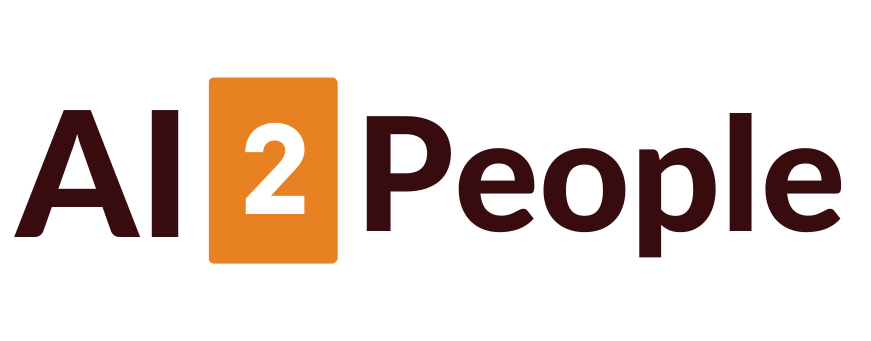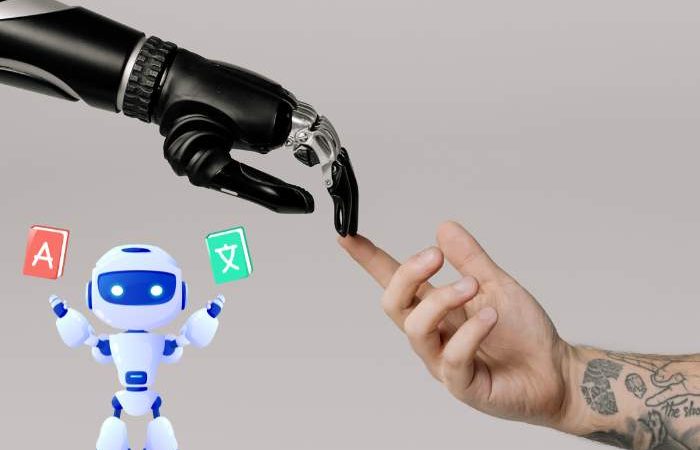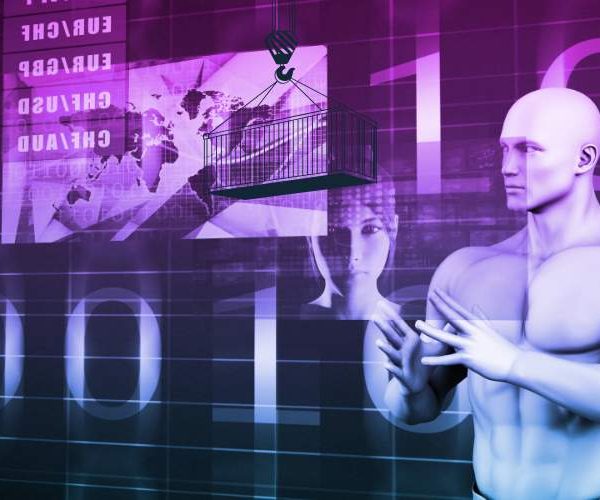
Bias in AI: How Machine Learning Algorithms Can Perpetuate Discrimination
In a world where artificial intelligence (AI) is increasingly shaping our daily lives—from the jobs we apply for to the news we see—there’s a dark secret hiding in plain sight: AI isn’t always fair. In fact, it can sometimes be downright discriminatory.
But how can a machine—a cold, logical, mathematical marvel—be biased? After all, it’s just processing data, right? Well, that’s where things get complicated. And it’s something we should all be concerned about, especially if you care about justice and equality.
The Unseen Bias in the Machine
AI doesn’t develop biases on its own. It learns them. Machine learning algorithms are trained on data, and that data often reflects the biases—both conscious and unconscious—of the society it comes from. When AI is fed this data, it starts to mimic and even amplify these biases. The consequences? They can be disastrous for marginalized groups.
Consider facial recognition technology. Sounds like something straight out of a sci-fi movie, right? But in reality, this tech has been shown to misidentify people of color at rates significantly higher than it does for white individuals. The result? People who are already vulnerable to racial profiling and police brutality face yet another layer of discrimination, this time delivered by an algorithm.
Then there’s hiring algorithms—those slick programs designed to filter through thousands of resumes to find the best candidates. But what if the data fed into these algorithms is biased? What if, historically, a company has mostly hired men for engineering roles? The AI might then “learn” that men are more suitable for these positions and start filtering out qualified female candidates. Just like that, decades of hard-fought progress toward gender equality could be undone by a few lines of code.
The Human Cost of AI Bias
The impact of AI bias is real, and it’s happening now. Marginalized groups—whether due to race, gender, sexual orientation, or socio-economic status—are the most affected. They face unfair treatment in everything from housing applications to loan approvals, from job opportunities to policing. It’s a digital form of discrimination that’s invisible, unregulated, and incredibly difficult to fight.
For those who already struggle to be heard, AI bias can feel like an insurmountable barrier. It’s like being trapped in a maze where every turn leads you back to the same point, no matter how hard you try to break free.
Can We Fix It?
Yes, we can, but it won’t be easy. To create fairer, more equitable AI systems, we need to start by acknowledging the problem. It’s not enough to say, “The algorithm did it.” Behind every algorithm is a team of human designers, developers, and data scientists. These people—and the organizations they work for—must take responsibility for the impact their AI systems have on society.
Here are some strategies to help combat AI bias:
- Diverse Data Sets: One of the most straightforward ways to reduce bias is to ensure that the data used to train AI models is as diverse as possible. This means including data from different racial, gender, and socio-economic groups to create a more balanced and fair outcome.
- Bias Audits: Regularly auditing AI systems for bias can help identify and address discriminatory patterns before they cause harm. Think of it as a routine check-up for your AI to ensure it’s not going astray.
- Transparent Algorithms: AI systems should be as transparent as possible. When the decision-making process is a black box, it’s nearly impossible to identify where bias is creeping in. By opening up these systems to scrutiny, we can hold them accountable.
- Ethical AI Design: Ethical considerations should be at the forefront of AI development. This means involving ethicists and representatives from marginalized communities in the design process to ensure that the technology serves everyone, not just the privileged few.
- Human Oversight: AI should not be left to operate unchecked. Human oversight is crucial to catch and correct biases that machines might overlook. This isn’t about taking AI down a peg—it’s about ensuring that it complements human values and justice.
The Call to Action: Demand Fair AI
As consumers, citizens, and humans, we must demand better. AI has the power to do incredible good, but it also has the potential to entrench and exacerbate existing inequalities. The future of AI is not just a technological issue—it’s a moral one.
Let’s be clear: AI bias is a human problem. And it requires a human solution. We need to push for policies, practices, and technologies that prioritize fairness, transparency, and accountability.
So, next time you hear about a shiny new AI product, ask the tough questions: Who designed it? What data was it trained on? How might it affect marginalized communities? Your voice matters. Together, we can ensure that the future of AI is one where everyone has a fair chance.
Let’s not let our technology lead us back into the past. Instead, let’s build a future where AI works for all of us—equally. Speak up, demand better, and be the change.
And remember: the algorithm doesn’t get the last word—you do.





















